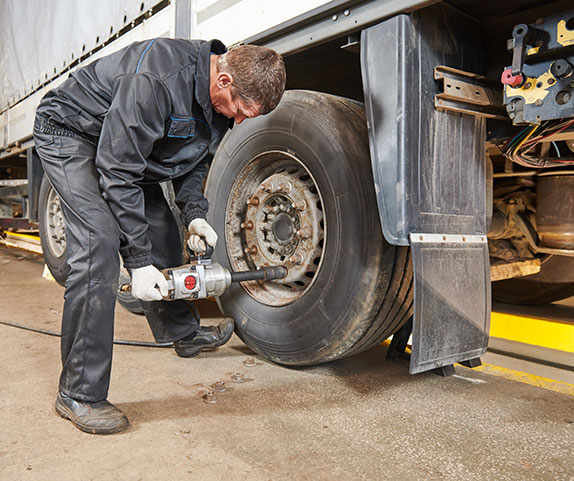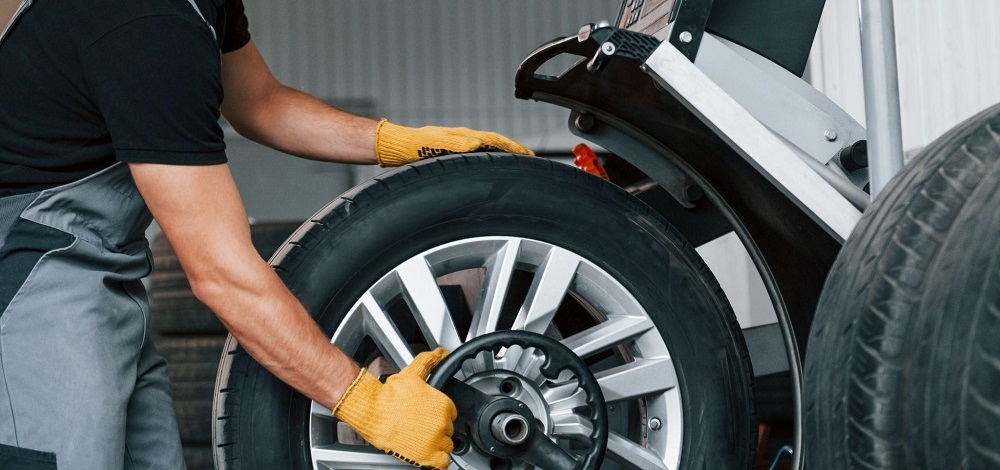Keep Rolling Smoothly: GMC Tires Service by Morris Tires
Wiki Article
Tire Service: The Impact of Climate Condition
When it concerns making sure optimum performance and security when traveling, understanding the influence of weather on tire solution is essential. From scorching warmth to icy roads, each weather component can substantially affect tire performance and general driving experience. By delving right into the results of varying weather condition conditions on tires, vehicle drivers can obtain important insights that might improve their automobile's efficiency and durability. In this discussion, we will certainly discover the elaborate relationship in between climate condition and tire service, clarifying the significance of weather-specific tire maintenance methods and factors to consider.Warmth and Tire Performance
When subjected to high temperature levels, tires experience modifications in performance that can substantially impact vehicle security and handling. The heat produced from prolonged driving or hot climate problems triggers the tire rubber to soften, leading to lowered walk life and boosted wear.
Winter Impacts
Cold climate conditions can have a substantial effect on tire efficiency and safety. As temperatures decline, tire rubber can harden, causing decreased grip on icy or snow-covered roads. In cool weather condition, tires might also shed air pressure extra swiftly, which can influence managing and fuel effectiveness. Furthermore, cool temperatures can trigger tire sidewalls to tense, increasing the threat of damages from splits or various other road hazards.To minimize the effects of cold weather condition on tires, it is important to consistently inspect tire stress and inflate them to the supplier's recommended degrees. Using winter or all-season tires developed for winter problems can likewise enhance traction and grasp on icy or snowy roadways. Proper tire maintenance, consisting of normal examinations for wear and damages, becomes even more critical during cooler months to make sure optimum performance and safety and security.
Rainy Conditions Impact
Throughout wet conditions, tire performance and safety and security can be significantly affected by the wet roadway surface areas and lowered presence. The step pattern of tires plays a critical duty in maintaining traction on damp roads. additional hints Tires with worn-out treads are extra susceptible to hydroplaning, where a layer of water builds up between the tire and the road surface, causing loss of traction. To fight this, drivers ought to on a regular basis examine their tires for ample tread deepness and take into consideration buying tires specifically designed for wet problems.Additionally, rainy climate can additionally lower presence, making it testing for vehicle drivers to see the roadway ahead plainly (GMC Tire Service). In such problems, it is necessary to readjust driving rates as necessary and maintain a risk-free following distance to permit unexpected stops. Effectively inflated tires can also aid in preserving control on damp roadways by giving better handling and hold
Snow and Tire Safety
Snow-covered roadways present special difficulties for vehicle drivers, highlighting the importance of correct tire option try this web-site and maintenance. When driving in snowy conditions, having the appropriate tires can make a considerable difference in safety and efficiency. Winter season tires are created with special rubber compounds and walk patterns to supply much better traction on snow and ice compared to all-season tires. The deeper treads and sipes of winter months tires help grasp the road better, lowering the risk of sliding and moving.
Additionally, motorists must take into consideration installing tire chains in extreme snowy conditions. Tire chains offer additional grip by grasping the snow and ice, enhancing security and control. It is essential to comply with manufacturer directions when utilizing and setting up tire chains to stop damage to the tires and car (GMC Tire Service). By selecting the best tires, maintaining appropriate inflation, and taking into consideration extra traction help like tire chains, vehicle drivers can enhance their safety and security when browsing snow-covered roadways.
Weather-Related Tire Maintenance
Weather-related tire maintenance includes a range of methods aimed at check it out making certain optimal tire feature and durability in different weather circumstances. One key element of weather-related tire upkeep is tire pressure law. Examining tire step frequently and replacing tires when step wear gets to a specific deepness is crucial for preserving grip and stability in damaging climate.
Conclusion
In final thought, weather problems have a significant impact on tire performance and safety and security. From heat impacting tire stress and wear to cool weather condition reducing grip, it is crucial to take into consideration the climate when maintaining and utilizing tires.In this conversation, we will discover the detailed connection between weather problems and tire solution, losing light on the value of weather-specific tire upkeep practices and factors to consider.

Report this wiki page